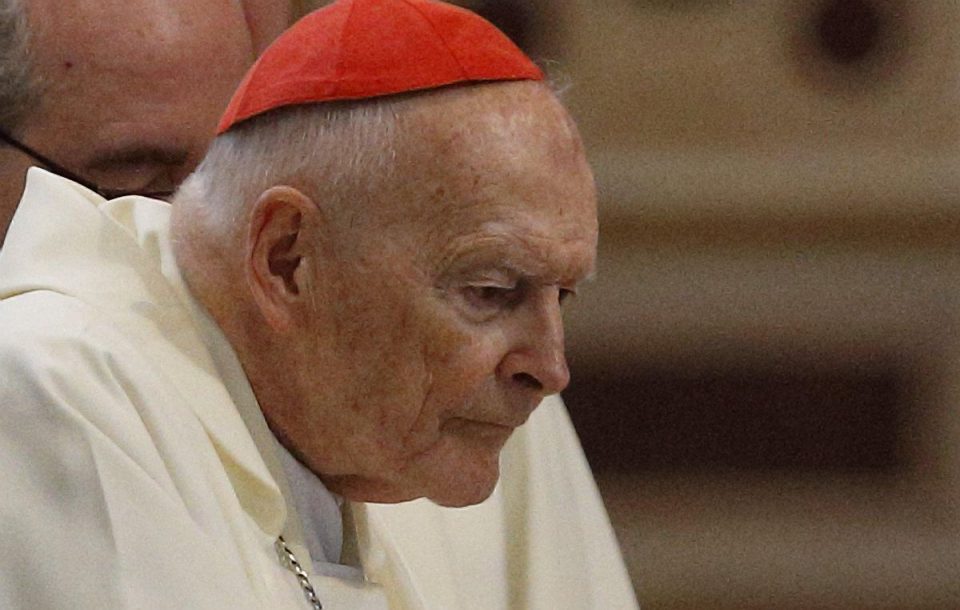What the McCarrick report means for the church

Two years ago, Pope Francis asked for a full account of how Theodore McCarrick was able to rise through the ranks of the church and promised to go public with the report. Some people didn't believe such a relationship would ever see the light of day. Others feared him.
On November 10, Pope Francis kept his word. The report is unprecedented, read like no other Vatican document I can remember. It is not clothed in dense church words or vague references to misdeeds. Sometimes it is graphic and always revealing. Overall, it is a devastating portrait of personal deception and institutional blindness, lost opportunities and broken faith.
For those of us who have experience with Vatican documents and Vatican investigations, the report is amazing in its efforts to be transparent. At 449 pages, the report is exhaustive and at times exhausting. Not only were over 90 interviews conducted, but extensive quotes from relevant Vatican correspondence and documents reveal the mutual internal exchange between individuals and offices.
There are heroes to be found, even in the disturbing story of how McCarrick rose through the ranks despite persistent rumors that he was sharing his bed with seminarians and priests. Cardinal John J. O'Connor, for example. Not only did he express his concerns, he did so in writing, seeking to stop McCarrick's rise to the New York see of cardinals.
Even more courageous were the surviving victims who tried to speak, the mother who tried to protect her children, the counselors who warned of the accusations they were hearing.
Unfortunately, the lasting impression is that those who wanted to raise concerns were not heard and rumors ignored rather than thoroughly investigated.
Like many large and not particularly efficient organizations, the church is a series of silos, which inhibit close communication and collaboration. Furthermore, like large organizations, it is inherently cautious and self-protective. Add to this the deference given to rank and hierarchy, and it's too easy to see how the default was to explain, ignore, or hide.
There are still elements that I wish had been further explored. One is the path of money. Although the report claims that McCarrick did not accept his appointment in Washington, it makes clear that he was a prolific fundraiser and appreciated as such. He has spread his generosity in the form of gifts to many church officials who in retrospect raise ethical concerns. A money track check seems necessary.
Equally disturbing is that there were many seminarians and priests in the dioceses where McCarrick served who had first-hand knowledge of what had happened in his beach house because they were there too. What happened to those men? Did they keep silent? If so, what does it tell us about the culture that may still remain?
The most important lesson could be simply this: if you see something, say something. The fear of retaliation, the fear of being ignored, the fear of authority can no longer govern the laity or the clergy. Attention should also be paid to anonymous accusations.
At the same time, an accusation is not a sentence. A man's vocation cannot be ruined by a voice. Justice demands that they not simply condemn themselves on accusation, but also demands that the accusations not be ignored.
The sin of abuse, the sin of hiding or ignoring the abuse will not disappear with this relationship. Pope Francis, who himself has failed to meet his own standards in places like Chile, knows the challenge. It must continue to push for accountability and transparency without fear or favor, and both the laity and the clergy must continue to push for reform and renewal.